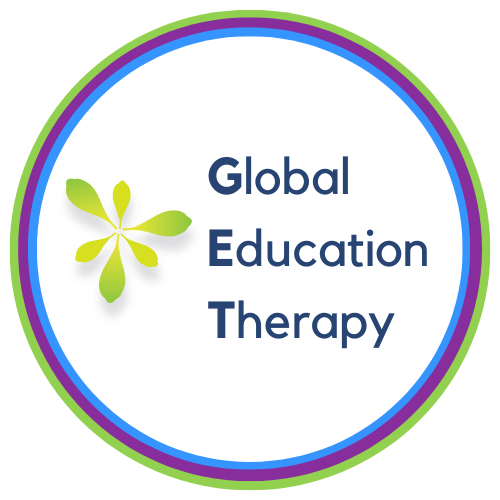Orton-Gillingham Approach: A Guide for Parents and Teachers of Struggling Readers
The Orton-Gillingham Approach offers a compassionate and supportive path for all those who find reading, writing, and spelling challenging, particularly individuals with dyslexia. This approach is thoughtfully designed to be direct, explicit, multisensory, structured, sequential, diagnostic, and prescriptive. It’s important to see it as an approach rather than a rigid method or program. When guided by a skilled and experienced instructor who understands its nuances deeply, it becomes an incredibly powerful tool that adapts beautifully to the unique needs of each learner.
The Orton-Gillingham Approach's curriculum and instructional practices come from two sources: 80 years of validated knowledge and scientific evidence on reading and writing. This includes understanding why some struggle, how dyslexia affects literacy, and the best teaching methods for these individuals.
The Orton-Gillingham Approach is often linked with a personalized one-on-one teacher-student model, yet it finds meaningful application in small group settings as well. This adaptable method has shown its worth in classroom instruction, offering hope and support to students facing challenges. While traditionally focused on reading, spelling, and writing difficulties, it has also been compassionately tailored to assist students struggling with mathematics. This flexibility underscores the approach's dedication to meeting diverse learning needs with care and understanding.
The Orton-Gillingham Approach is a method that truly honors the unique learning journey of each student. Practitioners thoughtfully craft lessons and materials that resonate with the student's current abilities, carefully pacing instruction and introducing new concepts in harmony with their individual strengths and challenges. For students with dyslexia, mastering fundamental language skills is essential to becoming proficient readers and writers. However, they face additional hurdles in processing, recognizing, and organizing language elements for effective use. Unlike their peers who may grasp these elements naturally, students with dyslexia benefit from compassionate guidance through direct and systematic teaching methods that nurture their understanding every step of the way.


